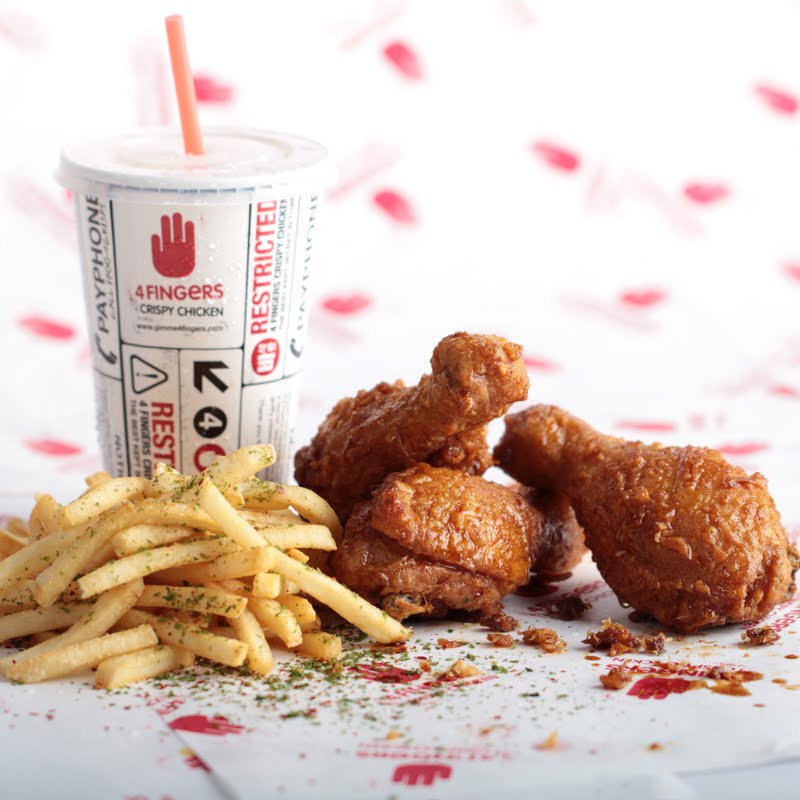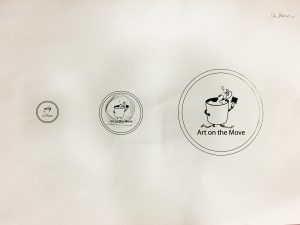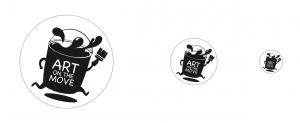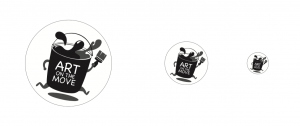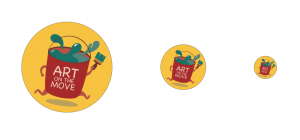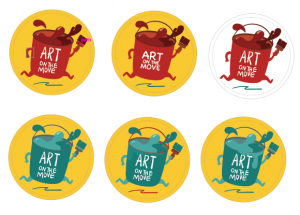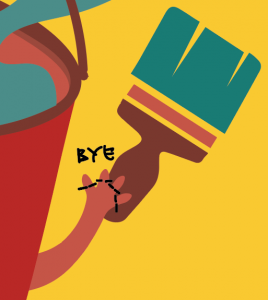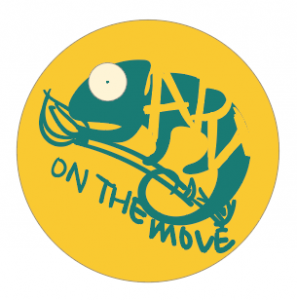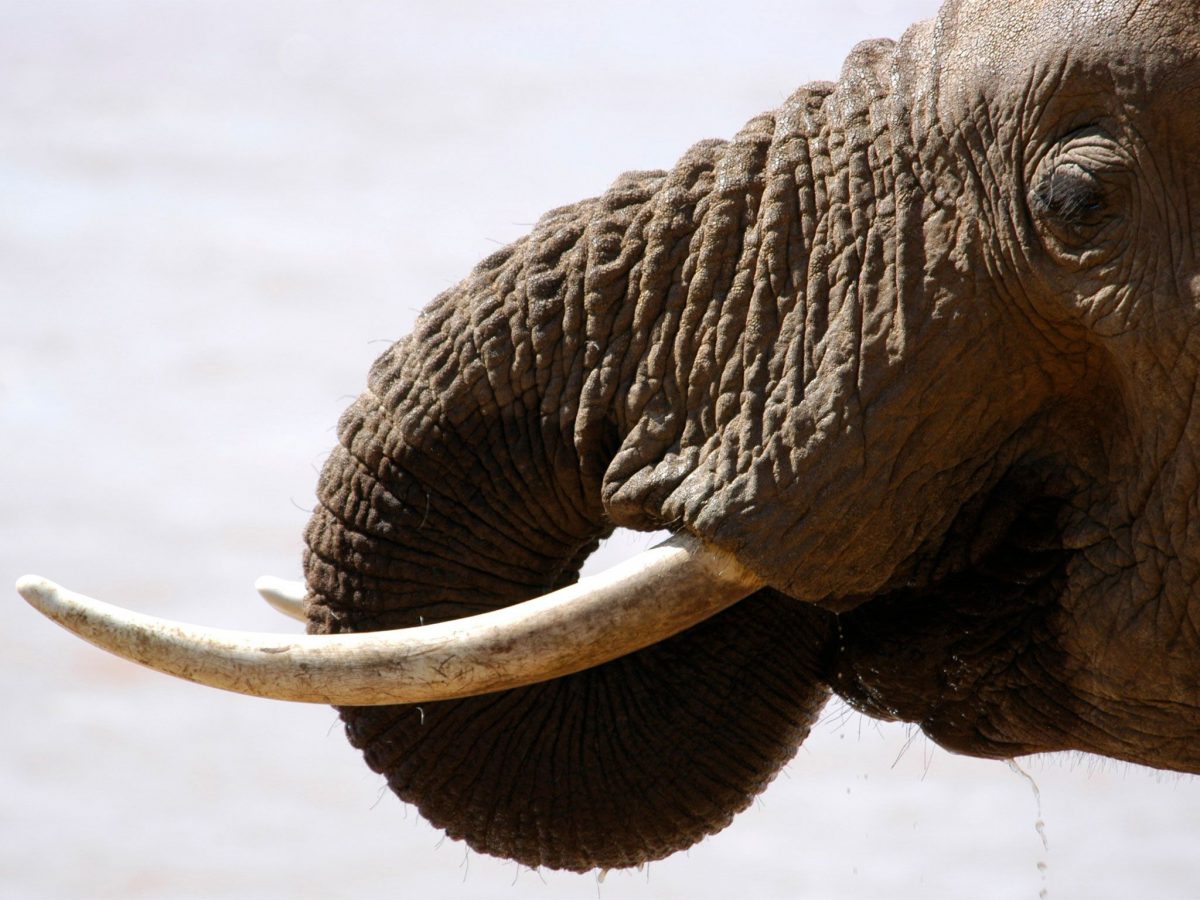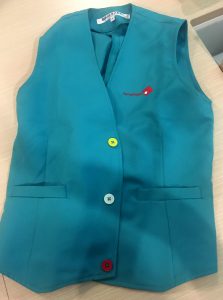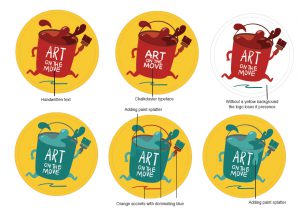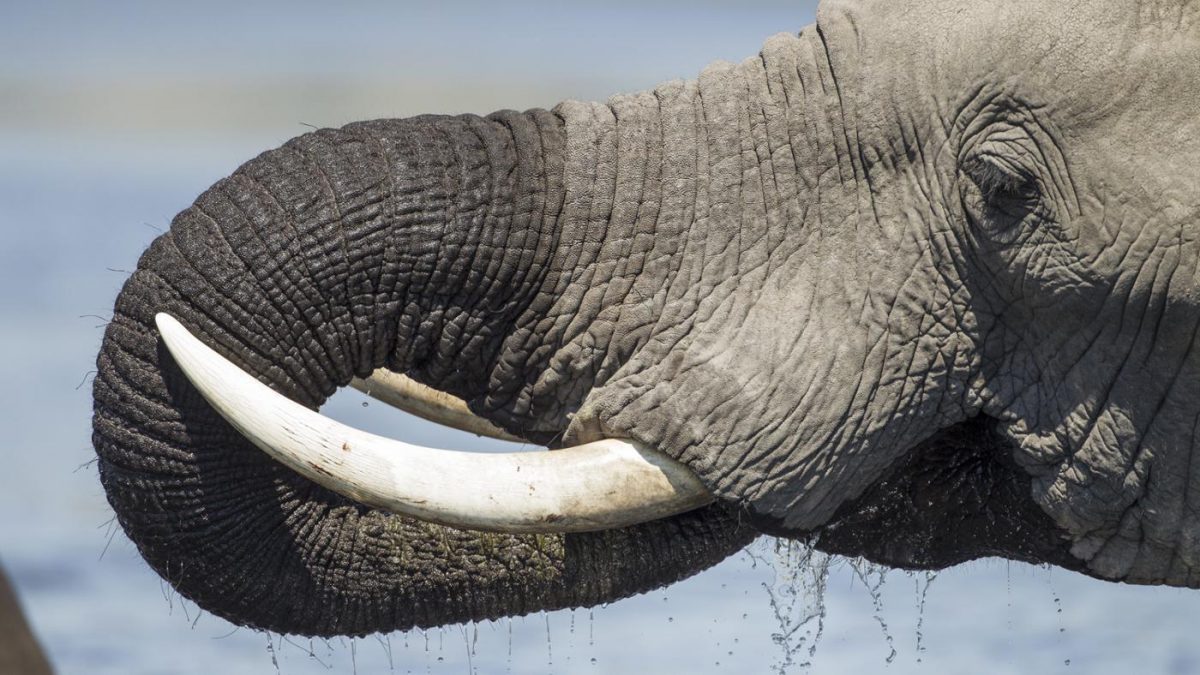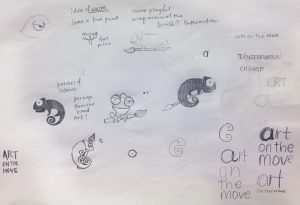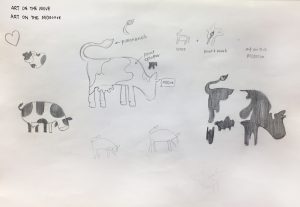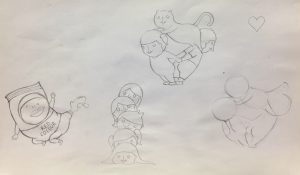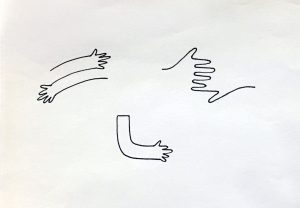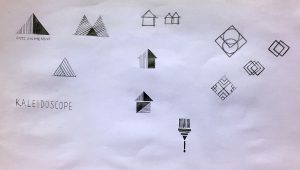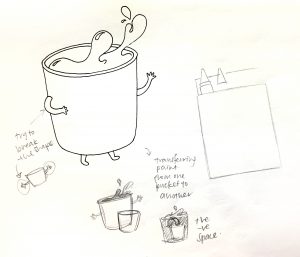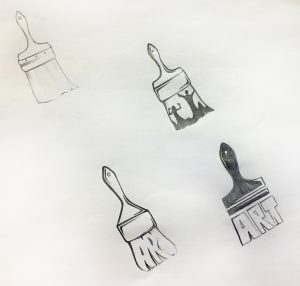V I S U A L R E S E A R C H
What is the poster communicating?
It is to warn commuters about the danger of forcing their way through into the train cabin after the buzzer sounds.
What emotion does the poster elicit?
Quirkiness, fun, fresh, youthful.
What makes the poster captivating?
The design is simple and information is kept succinct yet it is able convey the message across to the audience with great clarity. The main focus here is the illustration and the text supports and complements the design without snatching the audiences’ attention hence it making it easy on the eyes.
How did the poster generate visual interest and facilitate readability/legibility?
The use of primary colours as accents against the white background creates visual interest without being too overwhelming and distribution of colours help to guide our eyes across the poster.
The application of text hierarchy is clear in this poster whereby the title of the poster is of heavier than the supporting text.
The colour palette is too limited to the use of primary colours — red, yellow, blue against a white background. The two subjects are suggested through the use of red and blue against the accents of yellow in the background creating a clear distinction.
How do you feel about the approach and execution?
I like the use of a very limited colour palette as it enables you to work with the placement of colours to bring out your design. I appreciate that the illustration is kept minimal yet being able to convey the message across to the audiences.
NOT A POSTER BUT I LOVE IT
ITS SO UGGLEE
SaveSave






